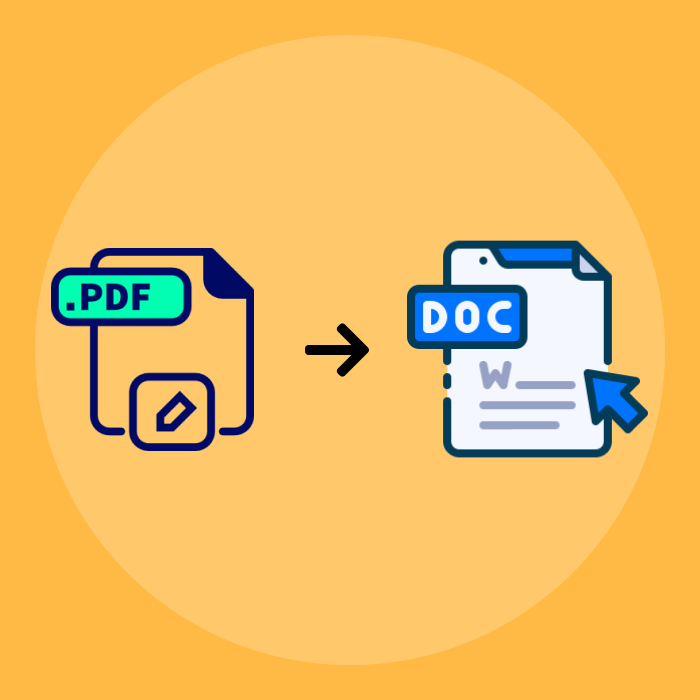Building an online reputation is one of the biggest hurdles you’re going to face as a startup. Learn the tactics to gain the press coverage.
Whether you want to build your reputation or are looking to promote a new product, getting media attention is undoubtedly one of the most effective ways to create awareness for your business.
But getting media coverage isn’t an easy thing. The current COVID-19 pandemic has made it even more difficult. To land the much-needed media attention in 2020 involves conveying compelling content and trends that fit into what journalists are looking for.
And that takes careful planning and real effort. This guide will show you how to help your business land media coverage in 2020.
1. Create a Compelling Company Story
Around 44 percent of journalists receive at least 20 pitches every day. So the most reliable way to get media coverage for your brand is by having a compelling company story that will set you apart from the pack. Your story is an opportunity for you to grab the attention of the media by presenting your news creatively and uniquely.
Create your personal story coupled with your company story. The goal here is to create an image for your company and incorporate an aspect of human interest to it. Share with the world the greater purpose of your business by mentioning the needs you’re meeting and the difference you’re making in people’s lives.
2. Set Clear, Measurable Publicity Objectives
Why do you want media attention in 2020? Perhaps you want to enhance brand awareness. Or perhaps you want to promote your new product to potential customers. No matter the reason, setting objectives that are specific and measurable is extremely crucial.
Some examples of specific, measurable publicity objectives include: “Enhance brand awareness by seeking media attention from renowned publications,” and “Notify prospective customers about a new product by sending strong and compelling pitches to media outlets or platforms where our target clients spend most of their time. Clear, measurable objectives will help you determine whether you’re on the right track or you need to revise your strategy.
Now that you have well-defined publicity objectives, you can prepare a list of journalists and publications that you feel will give your company quality coverage. Your list should only include outlets that can help you attain your publicity objectives.
Seeking coverage from two to three publications is enough. You can’t afford to spend all your time looking for media attention. Your company needs your time, too. So, sharpen your strategy and focus on building two or three strong connections with reputable publications.
4. Network and Build Solid Connections with Journalists
Journalists are humans too. So before filling their email inboxes with pitches, it’s wise to build strong connections with them in advance. In fact, according to a 2014 poll, 64 percent of writers said that it’s crucial to build a personal relationship before pitching. Before you pitch, ensure you have engaged with the journalist for at least two months.
Relationships are the key to getting media attention. If you have built a connection with specific writers, it’ll be easy for you to pitch stories that actually resonate with them. And because you’re not a stranger to them, they’ll take time to look at your pitch.
The best platforms for networking with great journalists include Twitter and LinkedIn. Follow or connect with them and engage them in interesting conversations. Most importantly, show genuine interest in what they do.
Bonus Tips: Create a public relations (PR) team to help you network with journalists and writers and create stories that resonate with them. If you’re targeting international markets, working with an established international PEO provider, such as NH Global Partners, will help ease the headaches related to the complex global expansion process. A reliable PEO service will also help you build a great PR team.
5. Craft an Attention-Grabbing Pitch
Look at your story from the lens of a journalist. Try to think about the content that your target audience will prefer to read. That way, you’ll create a pitch that will have a great potential to capture media attention.
Build a pitch that will align with the interests of the journalist in question. For instance, if the journalist mostly covers businesses that are making a difference in the world, ensure you mention this feature of your news in your pitch.
6. Be Ready to Follow Up
After pitching your story, give the writer at least two to three days to get back to you. Following up within a few hours may make you seem too pushy or aggressive. If your story is interesting and publishable, you won’t have any problem. Just be ready to provide the information they request. Prepare answers to questions that the writer may ask in advance.
Even if your pitch doesn’t land you press coverage, don’t be disappointed. Instead, take the rejection as a chance to revise your strategy and do things differently. Don’t forget to thank the journalist for taking the time to review your story.
Final word
Getting media coverage takes real effort and thorough planning. You need to create a compelling company story, set specific, measurable publicity objectives, build meaningful relationships with journalists, create attention-grabbing pitches, and do some follow-ups. Above all, take rejections positively and find different ways to approach the issue of media attention.
Subscribe to weekly updates
You’ll also receive some of our best posts today










